
Smaller sensor formats promise more compact gear. To some degree, this is a bit of a sweet illusion, but let’s not get too deep into equivalence discussions again. Regardlessly, there are certainly examples to support the claim. Fujifilm’s 18-55mm f/2.8-4 or Sigma’s 18-50mm f/2.8 DC DN Contemporary, for instance, come to mind. The latter has seen considerable success in the sales chart, and recently, Sigma released an ultra-wide cousin to this standard zoom lens—the Sigma 10-18mm f/2.8 DC DN Contemporary that we are reviewing here. It’s a truly tiny lens, even by the standards of the already very small 18-50mm f/2.8 DC DN, and it’s also very lightweight at just 250g. It is available for Sony E, Fujifilm X-, and L-mount. This test covers the X-mount version, but the results are representative across all mounts, of course. As so often, the pricing is pretty competitive at around $600USD/750EUR, so besides being faster, it’s also more affordable than Fujifilm’s own 10-24mm f/4 R WR OIS.

The Sigma lens may be a member of the more consumer-focused “Contemporary” lineup, but the build quality is quite impressive – although that’s no news anymore. Sigma has pretty much nailed this in the last several years. However, one aspect is noticeable compared to their ART/SPORT lineup – the weather sealing is limited to a mount gasket. The lens uses a reversed-extending zoom design. It’s shortest at its 18mm setting and extends by less than a centimeter when zooming towards the 10mm end. The zoom and focus rings operate smoothly. There are no switches, so if you want to change between AF and MF, you must do so via the camera settings. Sigma has also omitted an aperture ring, which may be an issue for users who prefer the more traditional Fujifilm handling. The petal-shaped lens hood uses a new push-on mounting mechanism, which works quite well. The Sigma lens uses a stepping motor for focusing. Stepping motors aren’t the fastest around, but it’s well sufficient for such an ultra-wide lens.
As far as focus accuracy is concerned – it could be better. However, this may also relate to the camera (tested on the X-H2). Fujifilm’s AF algorithms are not the best in the industry, and ultra-wide lenses are somewhat difficult in this respect in the first place. There is no image stabilizer, but most Fujifilm cameras have built-in stabilizers by now, and ultra-wide lenses can be used at rather slow speeds anyway.
| Specifications | |
|---|---|
| Optical construction | 13 elements in 10 groups (3x FLD, 1x SLD, 4x aspherical) |
| Number of aperture blades | 7 (rounded) |
| min. focus distance | 0.11-0.19m (max magnification 1:4 (W) – 1:6.9 (T)) |
| Dimensions | φ72.2mm × 64.3mm |
| Weight | 250g |
| Filter size | φ67mm |
| Hood | petal-shaped, push-on, bayonet mount |
| Other features | dust- & moisture-resistant mount |
Distortion
Let’s start with a check of the original image distortion characteristic. At 10mm, the Sigma produces a heavy barrel distortion of ~4.7%. While this may sound like much, it’s still roughly in line with what we’ve seen during the DSLR era. At 18mm, there’s a medium pincushion distortion and the two opposing distortion forces even out around the 14mm mark.
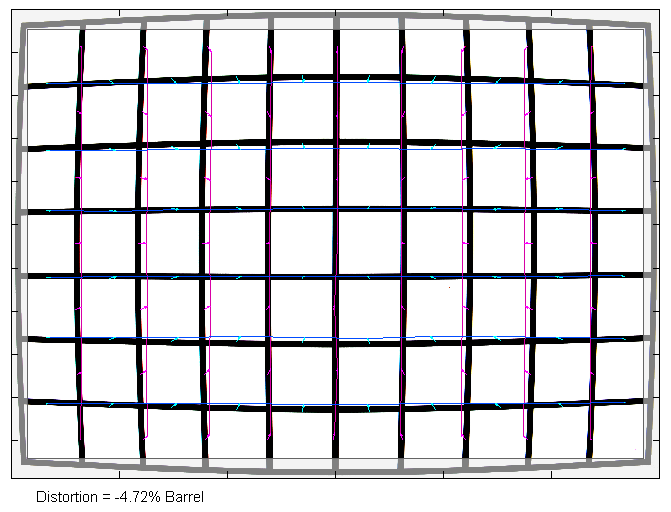
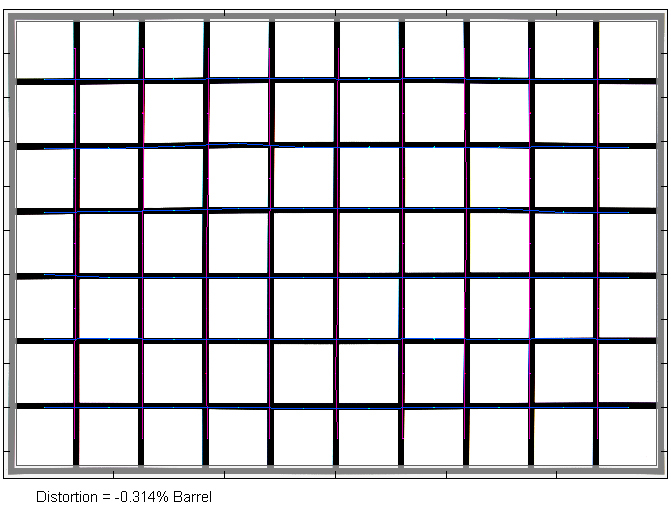
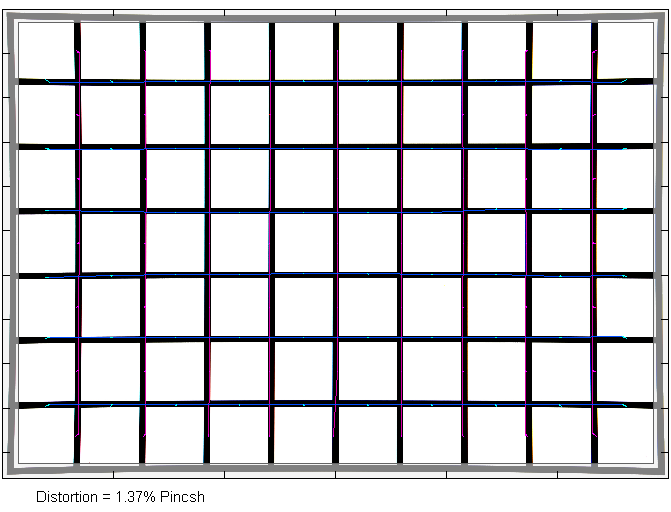
With activated autocorrelation, this isn’t much of an issue, as you can see below. However, keep in mind that distortion compensation is lossy due to the required stretching.
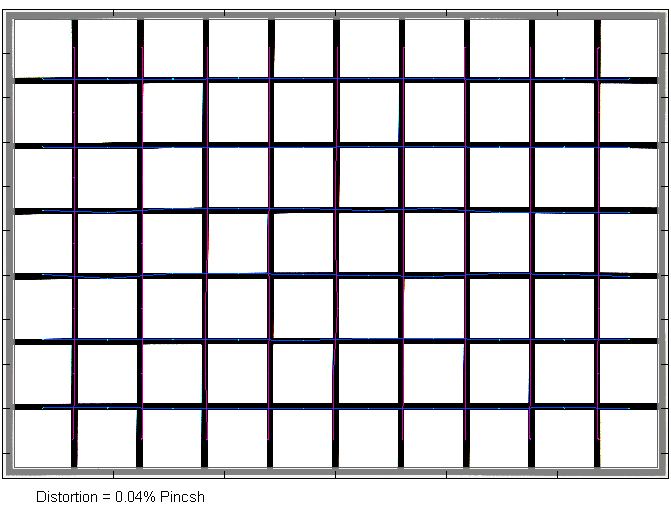

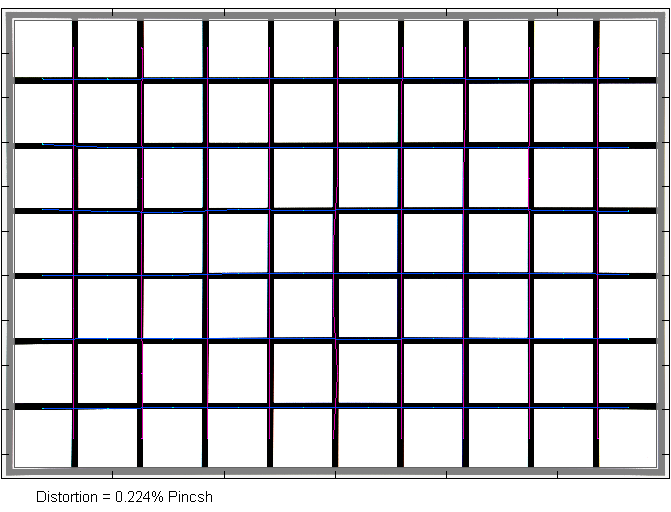
Vignetting
Tiny lenses tend to share one common weakness – vignetting. Our typical scale for APS-C lenses ends at 1.5EV (f-stops), whereas the Sigma lens exceeds this substantially with a light falloff of ~2.9EV (f-stops) at 10mm f/2.8 in RAW images. Stopping down helps, of course, but even at f/8, the vignetting is very high at 1.5EV. This is roughly what we are used to on full-format cameras, but not on APS-C. The issue eases somewhat the more we zoom out. At 14/18mm f/2.8, the vignetting sits around 2EV, dropping to around 1EV at medium aperture settings. All-in-all, it is quite obvious that the Sigma lens is somewhat underdesigned in this respect.
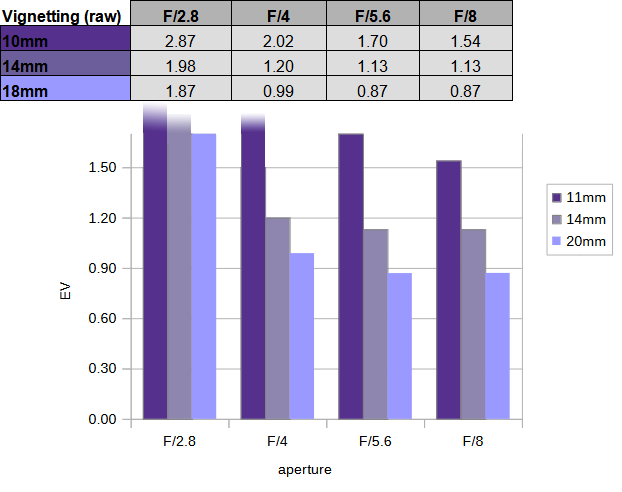
However, once again, image auto-correction comes to the rescue, and most users won’t really see much of an issue except maybe an increase in image noise due to the required signal amplification.
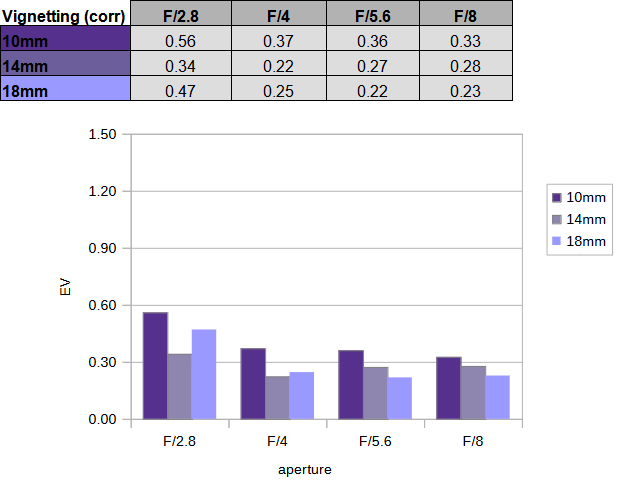
MTF (resolution at 26mp)
Coming to a more positive aspects of the lens – image resolution. At 10mm, the image center is excellent straight from f/2.8. There’s a slight drop mid-field, but even the borders maintain a very high quality here. Stopping down increases the quality of the outer image field only slightly. Diffraction effects start to kick in from f/8. f/11 should already be avoided. There’s just a tiny penalty at the 14mm, while the overall characteristic remains intact here. As expected, the 18mm setting is slightly weaker once again – mostly noticeable in the image corners, which are slightly soft at f/2.8. Stopping down to f/4 boosts the results, and the best overall quality at 18mm is reached around the f/5.6 mark.
One aspect that we noticed is that the focus field is never really flat. While this is hidden by the depth-of-field most of the time, it could be an issue at f/2.8. The centering quality of the tested sample was OK.
Please note that the MTF results are not directly comparable across the different systems!
Below is a simplified summary of the formal findings. The chart shows line widths per picture height (LW/PH), which can be taken as a measure of sharpness. If you want to know more about the MTF50 figures you may check out the corresponding Imatest Explanations.

Chromatic Aberrations (CAs)
Lateral CAs are generally well-controlled. They most pronounced at 10mm with an average CA pixel width of 1px at the image borders. It’s half of that at longer focal lengths. Auto-correction should handle these traces rather easily.

Bokeh
We don’t often dive deeper into the bokeh chapter when it comes to ultra-wide lenses because it’s usually more about drama rather than smooth out-of-focus blur, which is also only pronounced at very close focus distances. However, let’s do a partial exercise here at least.
Out-of-focus highlights are reasonably well rendered for such a lens. The inner zone of the discs is a bit nervous, but it’s not too bad. There’s also just a trace of outlining at f/2.8. Stopping down to f/4 produces rather edgy aperture shapes already – and more so at f/5.6.

The shape of the highlight discs is largely intact across the image field, as you can see below. The discs are just slightly distorted in the corners, but not disturbingly so. When stopped down, the corner highlights are somewhat stretched.

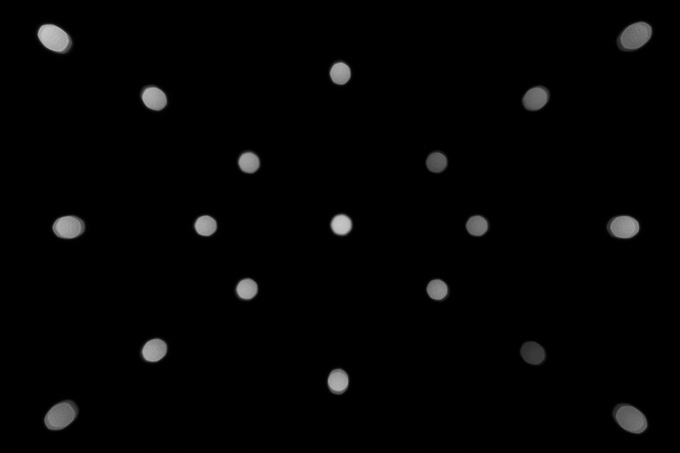
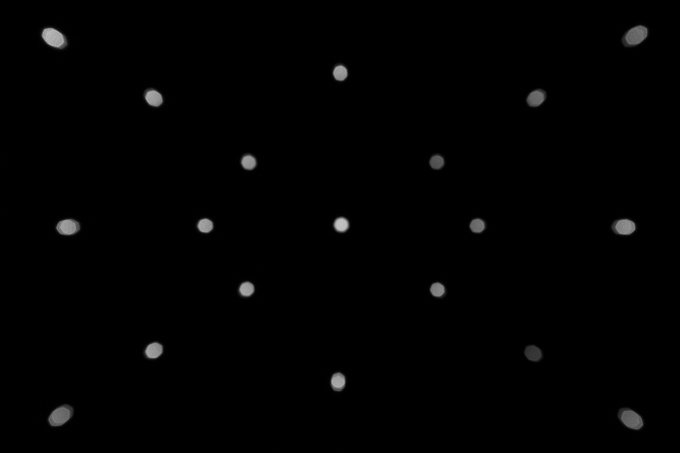
Sun Stars (Experimental)
“Sun stars” are an effect produced by a non-circular aperture when shooting pointy light sources such as street lamps at night or even the sun. Sigma used 7 rounded aperture blades in the design, which should be pretty good for some “early’ rays when stopping down. As hinted, sun stars are basically non-existent at max aperture because the aperture is almost always perfectly circular here. Stopping down to f/4 and f/5.6 doesn’t do much, but the first really noticeable rays start to emerge from f/8. They are getting very pronounced at f/11, and a bit more so at f/16. Keep in mind that f/16 will give you soft images so it’s better to stick to f/11 or even f/8 for balance.
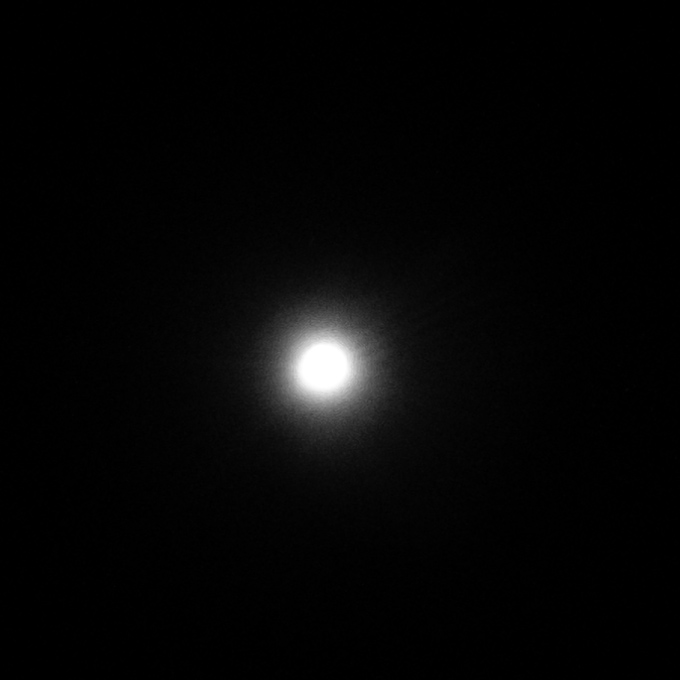
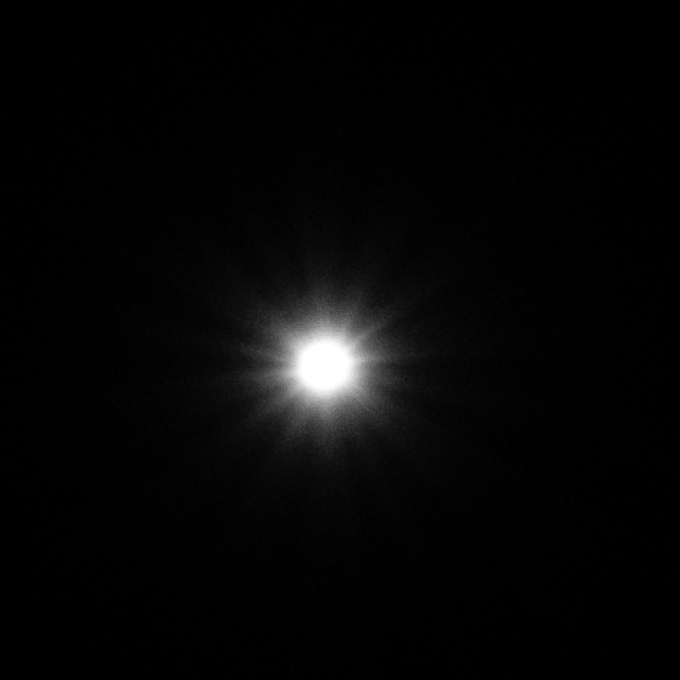
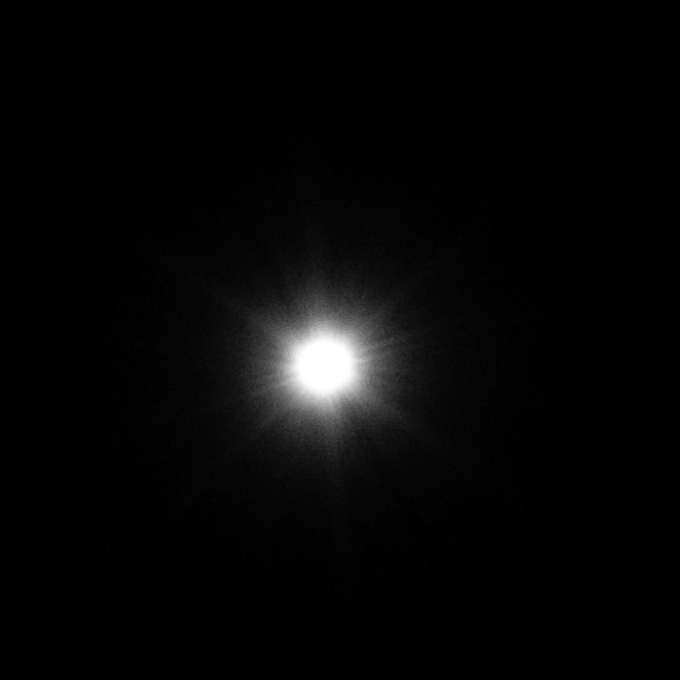
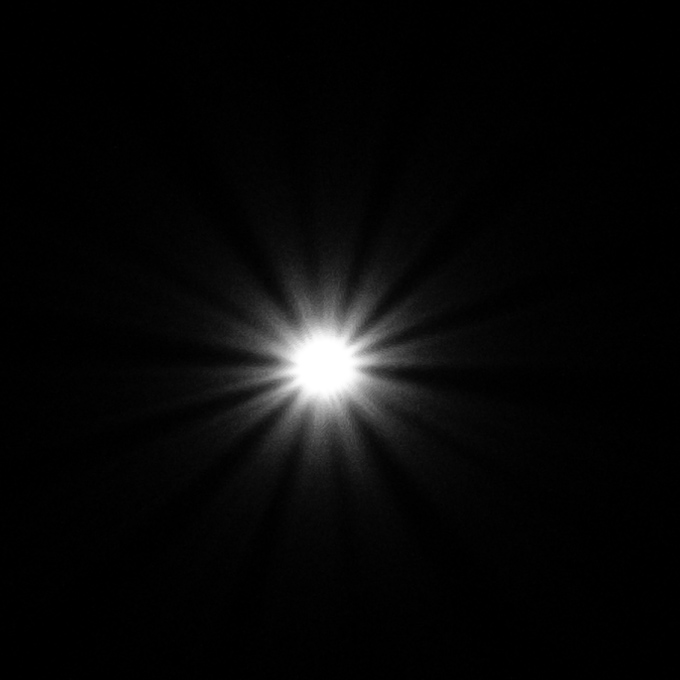
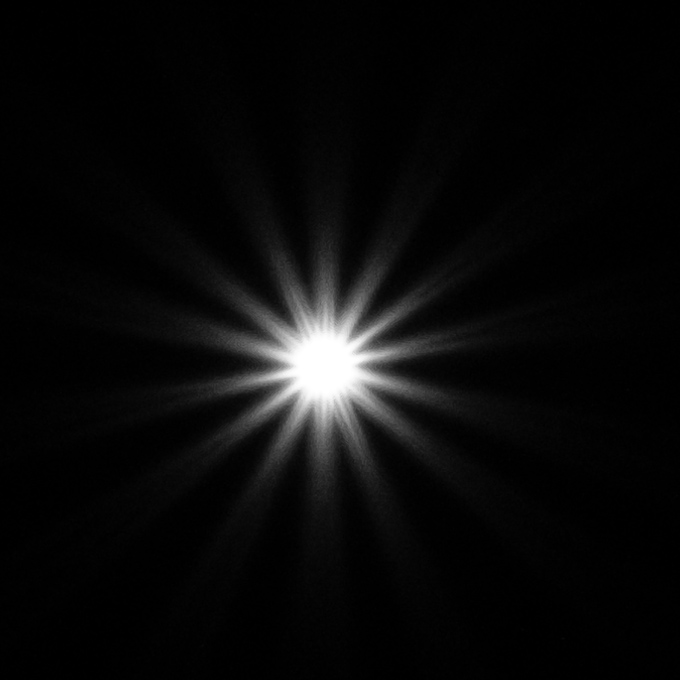
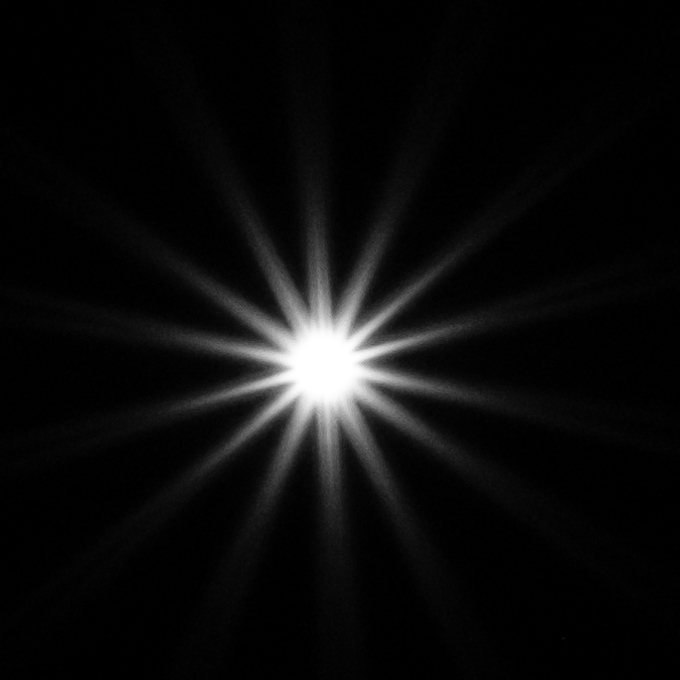
Sample Images
Competition
The Sigma 10-18mm f/2.8 DC DN Contemporary (shown to the left below) has two obvious competitors. Of course, there’s the Fujinon XF 10-24mm f/4 R WR OIS (center). It’s a much bigger lens, as you can immediately notice. We’ve only tested it on a lower-megapixel camera so far. It’s a very decent performer, and better weather-sealing, a dedicated aperture ring as well as the OIS are a viable excuse for the higher price tag. The Tamron 11-20mm f/2.8 Di-IIIA RXD (to the right) is an excellent lens (tested in E-mount) and certainly also worth a look as well.

The Sigma 10-18mm f/2.8 DC DN Contemporary is a wonder in terms of size and low weight - and it's even capable of delivering very good image quality. The resolution in the image center isn't top of the class but the border quality is still very good at all relevant settings. The corners are also fine at 10mm but suffer very slightly at longer focal lengths although the results stay easily on good level even at f/2.8. However, having said this - the focus field is somewhat uneven which can be noticeable at large apertures. Also - while the results are good on 26mp sensors, it's quite obvious that the pixel level sharpness drops visibly on the new 40mp sensors. That's a story that is going to be repeated with most zoom lenses, though. 40mp APS-C is a bit much, really (a good AI RAW converter goes a long way improving this). Unsurprisingly, image distortions are heavy in RAW images although they stay shy of excessive levels that we have seen elsewhere. There's also heavy RAW vignetting suggesting that the lens is somewhat underdesigned. However, auto-correcting will solve most issue quite nicely. Lateral CAs are quite low already. Sigma didn't go over board with the number of aperture blades which is good news for "sun star" lovers - they show up from about f/8 and are nice from f/11. The flare resistance is pretty good for a zoom lens.
The build quality is impressive for a consumer-grade lens. Despite of its low weight it just feels sturdy. If we are nit-picky, we'd point to the extending zoom design and the simple weather sealing which only covers the mount. The AF speed is very decent despite of the use of a stepping motor. The small lens elements certain help here.
Overall, it's easy to recommend the lens for use on 26mp cameras. The situation is more difficult at 40mp but then there aren't really any suitable options here at the time of writing either.
-
Optical Quality
-
Build Quality
-
Price / Performance

